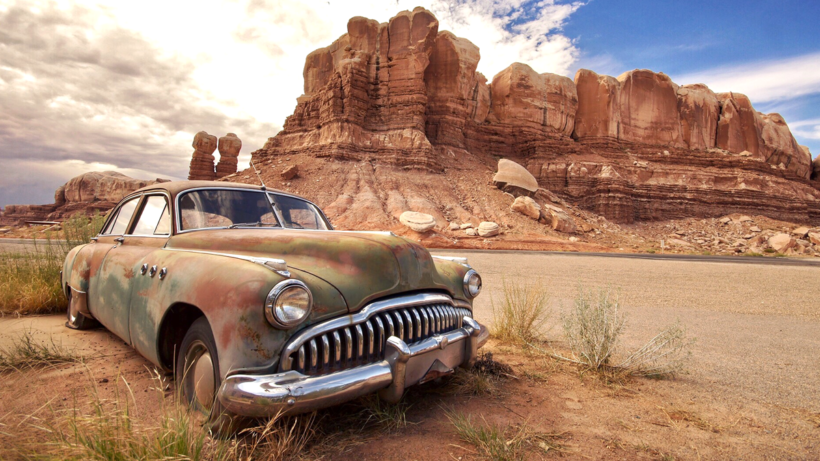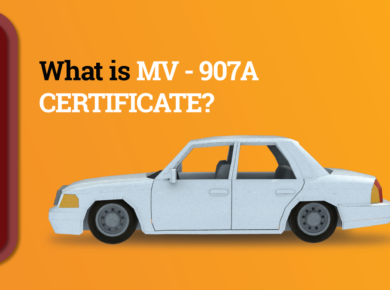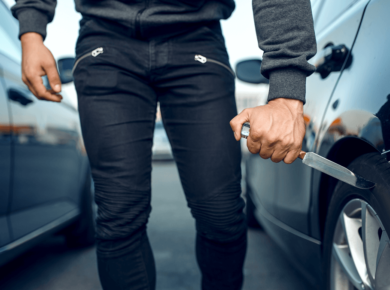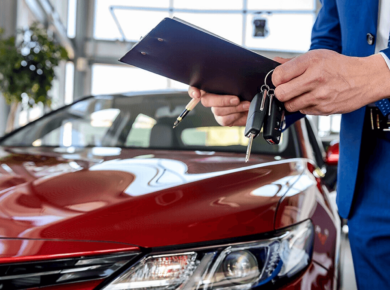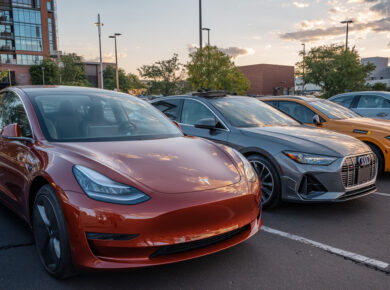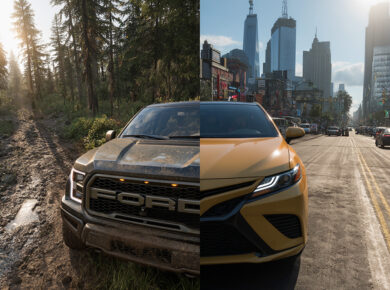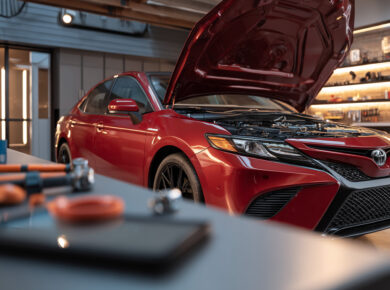Rust doesn’t just appear overnight, but a lot of drivers are familiar with this problem. Since the body of a car is made of metal, it is prone to oxidation. But you don’t have to panic, rust can be prevented. You can’t stop it completely, though you can slow its effect on your car. In this blog post, we’re listing a few important tips on how to prevent your car from rusting.
How to avoid rust on a car
Keeping your car from rusting isn’t that difficult. You’ll have to clean your car regularly, paying attention to hard-to-reach places where mud, salt, dirt, and grime gather. Going to a professional car wash can be expensive, but you can save money by cleaning your vehicle yourself. Remember that the undercarriage, wheel arches, rockers, and bottoms of the doors collect the most grime and mud. Make sure to check the junctures between the panels and bumpers on your car because a thin layer of paint there wears away fast, which accelerates rust. Use pipe cleaners to clean all drain holes and hoses. Inspect your car thoroughly at least once a season to identify problem areas and prevent rust.
How to stop surface rust on a car
First, you’ll have to define what rust is affecting your car. There are three major types:
- surface rust
- scale rust
- penetrating rust
Surface rust doesn’t affect the structure of a metal or its rigidity. This kind of rust can be found in nicks, cracks, or dings on the car’s body. As a rule, it happens after collisions or in a damp environment, where air and precipitation impacts the steel.
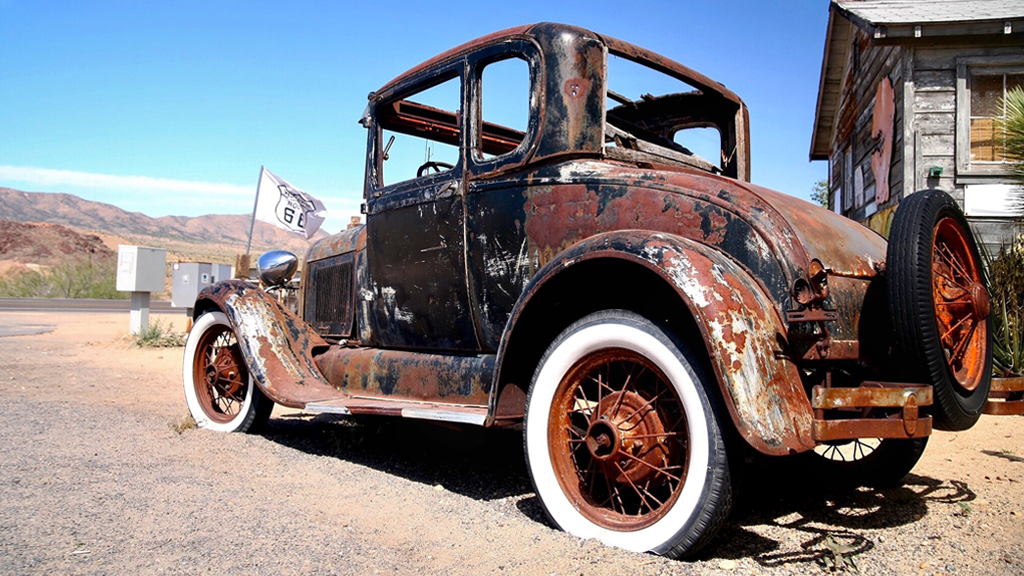
If you see a small rusty spot on your car, it’s the first sign to take precautions. You’ll have to use an abrasive wheel or plain sandpaper to clean the rust out until the bright sheet metal is visible. Then you’ll have to apply a standard automotive primer in a few layers and wait for it to dry. Carefully paint the surface covered with primer and then apply the clear coat – a transparent layer of paint to protect the finish of your car.
How to stop scale rust
Scale rust causes bubbles on paint and impacts the metal’s rigidity. The emergence of rust bubbles can be sped up by salt or any other dissolved contaminants. This explains the particular wear & tear cars see in Northern climates. Since the roads in winter are covered with salt, cars in the North are prone to rust. Scale rust removal requires more skill and time, but you can still do it yourself in your garage or a safe place.
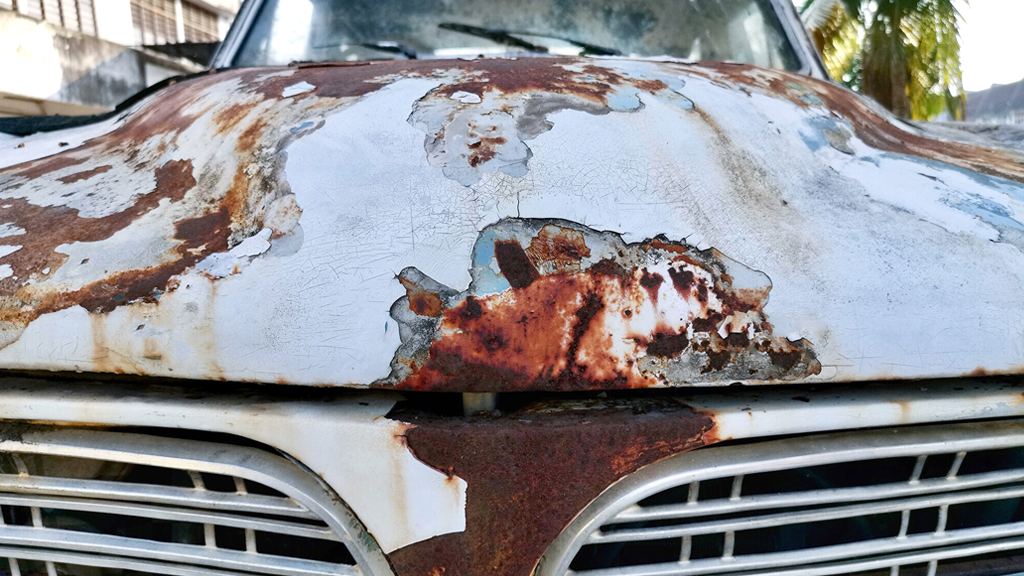
So how do you stop rust bubbles on a car? The only option is to cut them off from the car’s body. Take masking tape and apply it to the surrounding unaffected surfaces to protect your car from dust. Use a grinder or a grinding wheel to remove rust-affected areas. Find a self-etching primer and let it dry for the time indicated in the instructions. Cover it with two or more layers of paint, and then apply a clear coat two or more times, depending on the surface you’ve cut. The more surface, the more layers are needed.
How to prevent penetrating rust on your car
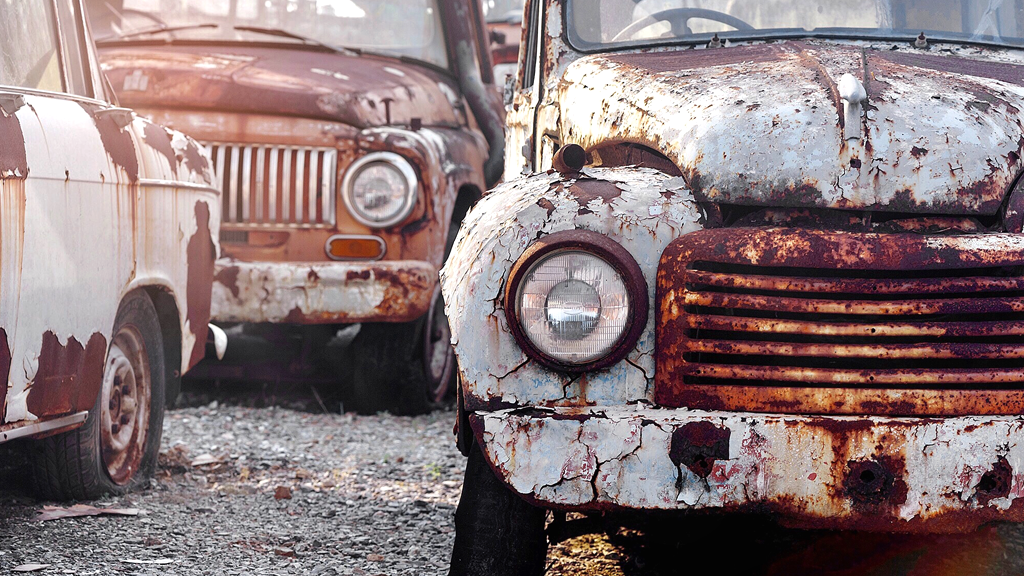
This rust is the most difficult to remove. Metal affected by penetrating rust looks like Swiss cheese. In this case, there are only two possible options. The first way is to replace the damaged panel completely, or you can weld the patch on the rusty area. If you see deep rusty spots that have corroded a huge surface, contact your local mechanic or auto body shop to fix it.
Bottom Line
Each vehicle needs proper maintenance, so following these simple steps will not only increase your car’s longevity, but also keep its structural rigidity. With thousands of clean and salvage title vehicles available at our online auto auction, rust doesn’t have to deter you from buying a car. Once you’ve found a car you’re interested in, register with us to start bidding right away. To complete your registration, provide basic information about you, upload a copy of your passport or government-issued ID, and place a refundable security deposit. You can reach us online or call us at + 1 (360) 347-1300 (6:00 AM – 3:00 PM Pacific Standard Time, Monday to Friday) with any questions.
